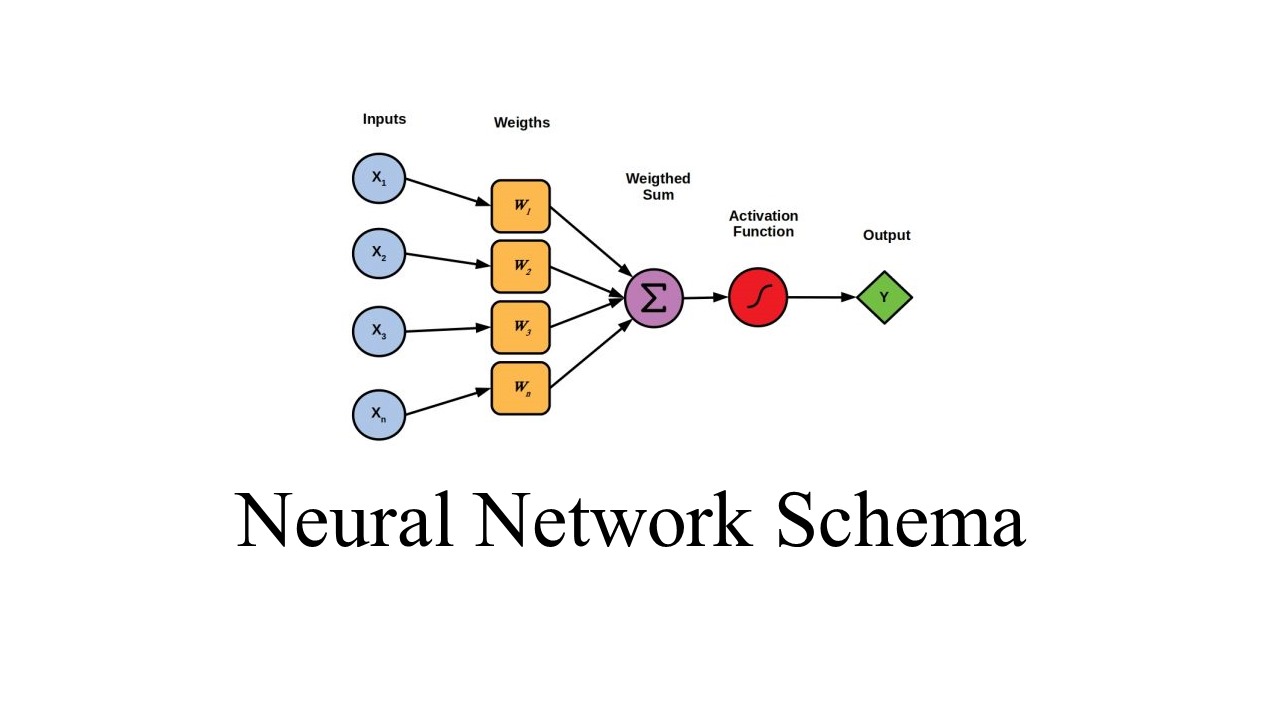Introduction:
In the vast landscape of artificial intelligence, neural networks have emerged as the shining stars of unsupervised machine learning. Inspired by the intricate workings of the human brain, these electronic networks have revolutionized the way we approach data modeling and prediction. In this blog post, we’ll delve into the fascinating world of neural networks, exploring their structure, training process, and the advantages and challenges they bring to the realm of AI. Additionally, we’ll provide a step-by-step code snippet to demystify the fundamental concepts behind neural networks.
The Anatomy of Neural Networks:
At the core of neural networks lies a structure that mimics the human brain. Each network comprises input and output nodes, connected by hidden layers containing algorithms. The journey begins as the input node is fed an initial dataset, initiating a series of actions within the hidden layers. Through iterations, the network produces an output—a string of data. This output is then compared to the actual dataset, and the resultant error is fed back to the input node. What sets neural networks apart is their ability to autonomously adjust and correct their algorithms based on this error feedback. This continuous process, known as training, iteratively refines the network’s accuracy.
Types of Neural Networks:
Diverse neural network architectures cater to different applications. Some well-known types include Convolutional Neural Networks (CNNs) for image processing, Boltzmann Machines for probabilistic modeling, Recurrent Neural Networks (RNNs) for sequential data, Deep Neural Networks for complex tasks, and Memory Networks for improved memory handling.
The Iterative Learning Advantage:
The iterative learning process is the cornerstone of neural network accuracy. Unlike Boosting algorithms, neural networks dynamically adapt without manual classifier updates. This self-guided learning allows them to progressively align with the actual dataset, continually enhancing accuracy through each iteration.
Neural Network Code Snippet and Explanation:
Now, let’s demystify the core concepts of a neural network through a simple Python code snippet. This example implements a basic feedforward neural network with one hidden layer. The steps involved are as follows:
Import necessary libraries:
import numpy as np
Define input data and corresponding output:
input_data = np.array([[0, 0], [0, 1], [1, 0], [1, 1]])
output_data = np.array([[0], [1], [1], [0]])
Initialize weights and biases randomly:
input_size = 2
hidden_size = 2
output_size = 1
weights_input_hidden = np.random.rand(input_size, hidden_size)
biases_hidden = np.zeros((1, hidden_size))
weights_hidden_output = np.random.rand(hidden_size, output_size)
biases_output = np.zeros((1, output_size))
Define activation functions:
def sigmoid(x): return 1 / (1 + np.exp(-x)) def sigmoid_derivative(x): return x * (1 – x)
Set learning rate:
learning_rate = 0.1
Train the neural network:
epochs = 10000 for epoch in range(epochs): # Forward pass # (details of forward pass)
# Calculate the error
# (details of error calculation)
# Backpropagation # (details of backpropagation)
# Update weights and biases # (details of weight and bias updates)
Test the trained neural network:
new_input_data = np.array([[0, 0], [0, 1], [1, 0], [1, 1]]) # Forward pass for prediction # (details of forward pass for prediction)
print(“Predicted Output:”) print(predicted_output)
Pros and Cons of Neural Networks:
The primary advantage of neural networks lies in their autonomous learning, resulting in high accuracy. Moreover, the models are reusable as they learn the means to achieve accuracy rather than providing a fixed result. However, this autonomy comes with risks, as neural networks may deviate unexpectedly, as witnessed with Facebook chat-bots developing a language of their own. The delicate balance between autonomy and control is a challenge AI developers must navigate to harness the full potential of neural networks.
Conclusion:
As we navigate the complex landscape of artificial intelligence, neural networks stand as powerful tools for unsupervised machine learning. Their ability to autonomously learn and adapt brings unparalleled accuracy to data modeling. While the risks of unexpected deviations exist, the rewards in creating smarter systems and more accurate models make the journey into neural networks an exciting and indispensable endeavor. The future of AI undoubtedly holds more breakthroughs, and neural networks will continue to play a pivotal role in shaping this transformative landscape.


Leave a Reply